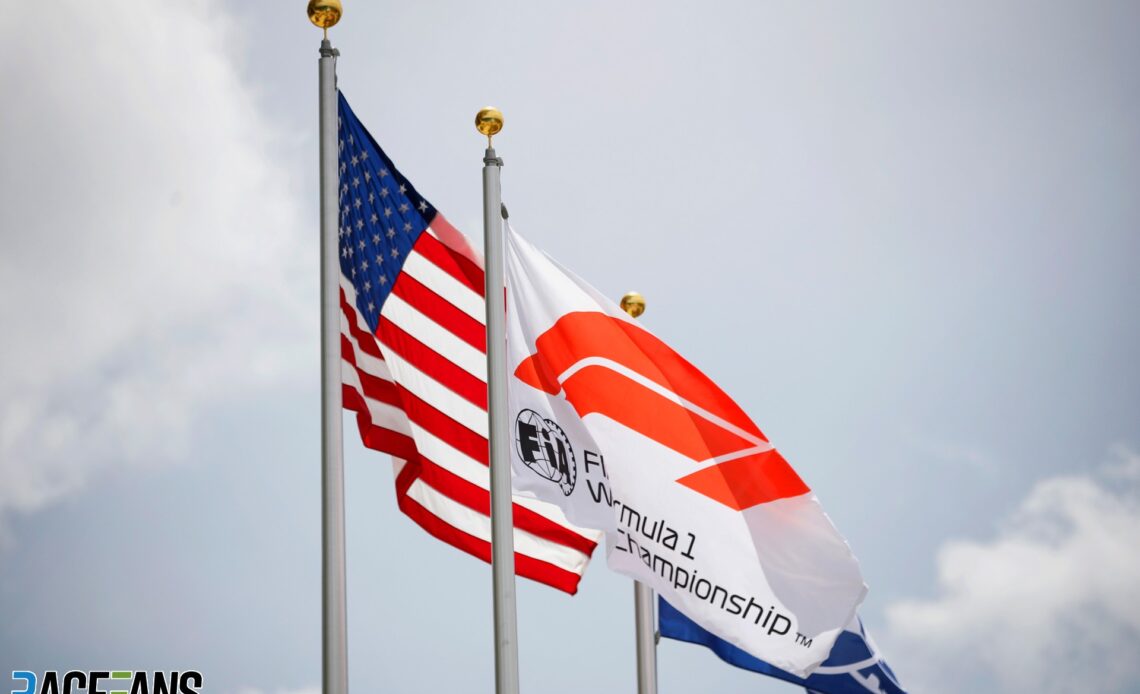A sell-out crowd of 240,000 will attend this weekend’s inaugural Miami Grand Prix, with 82,500 filling the course around the Hard Rock Stadium on Sunday. The event promoters already plan to increase capacity for coming seasons.
It’s a major win for Formula 1 owners Liberty Media, who immediately latched onto the sport’s potential in their home country when they bought it. Liberty Media president and CEO Greg Maffei described F1’s American presence as “under-viewed, under-monetised, under-everything” in 2016.
The surge in F1’s US popularity since then has been largely driven by Netflix’s Drive to Survive series, which has shown the world a different side to the drivers (while exercising a fair bit of artistic licence). It was an instant hit which has been widely credit for driving the growth of the sport in America.
While some drivers, Red Bull’s Max Verstappen in particular, have not been happy with their portrayal in the show, most recognise its value.
Gallery: First pictures from the 2022 Miami Grand Prix weekendKevin Magnussen, who raced in America last year before returning to F1, understands its appeal. “It’s huge,” he said in response to a question from RaceFans at Imola. “I don’t particularly enjoy being on camera or being interviewed but I see the impact that it has on the general public and how good it is for Formula 1. I really feel like it’s a benefit to all of us, so I’m happily participating.”
The numbers speak for themselves. The 2021 grand prix at Austin had 400,000 fans in attendance, the highest figure across a weekend compared to the other races in 2021.
But there’s more than just the ‘Netflix effect’ at work here. “It’s really not just ‘Drive to Survive’,” F1’s director of media rights for F1 Ian Holmes told Front Office Sports. “I think the value proposition of Formula 1 in the US has clearly grown exponentially from the last time we did a [media] deal.”
And he’s not wrong. Social media has…

